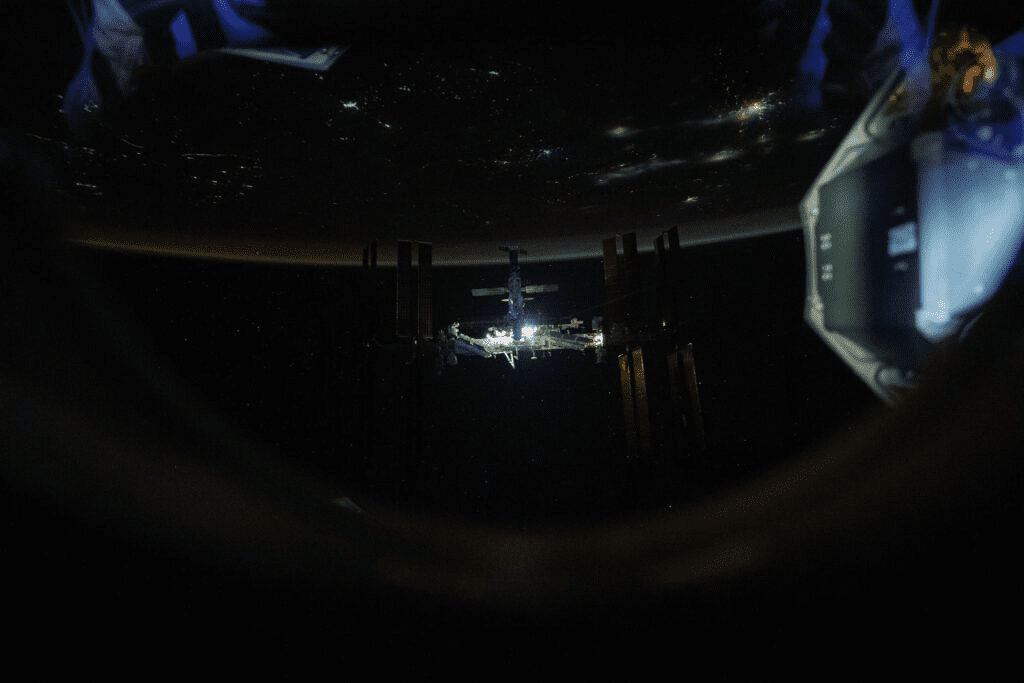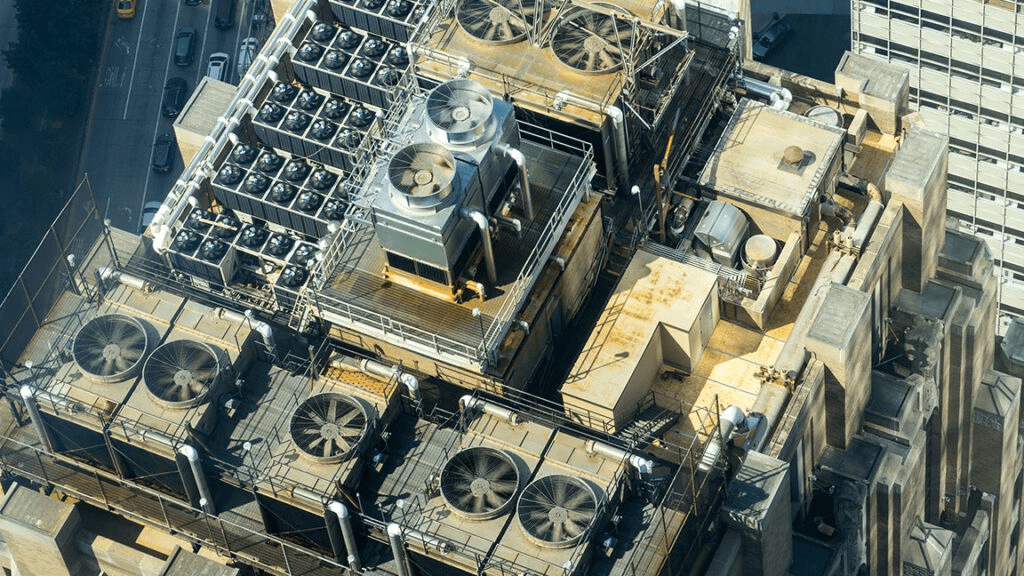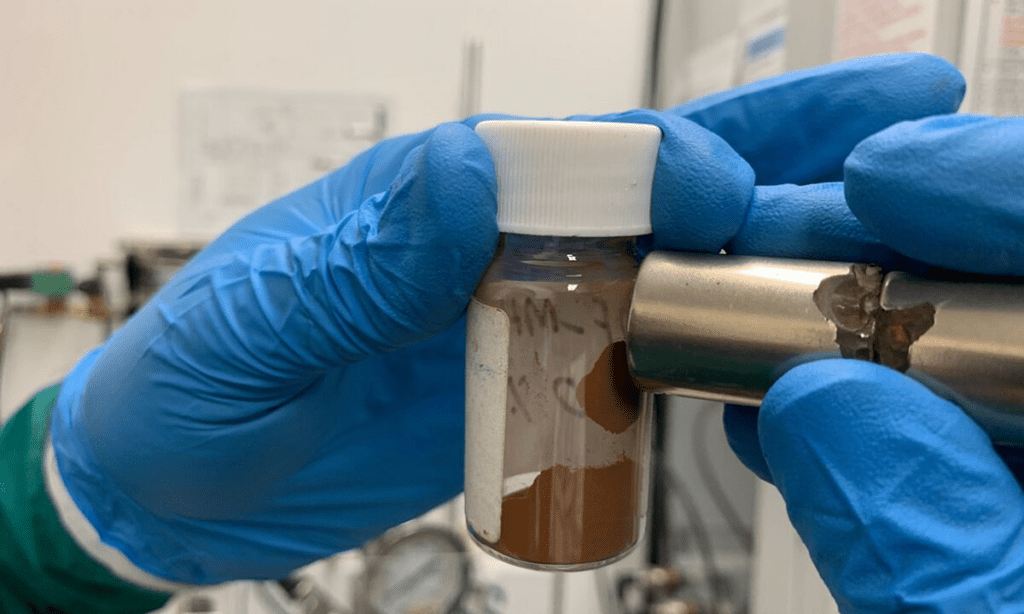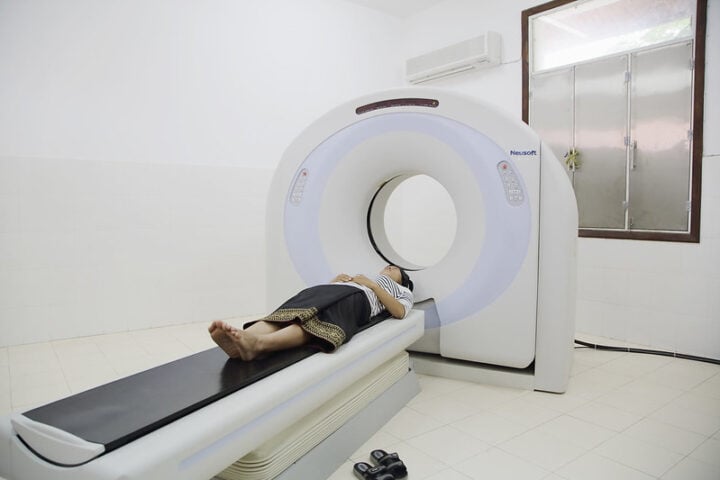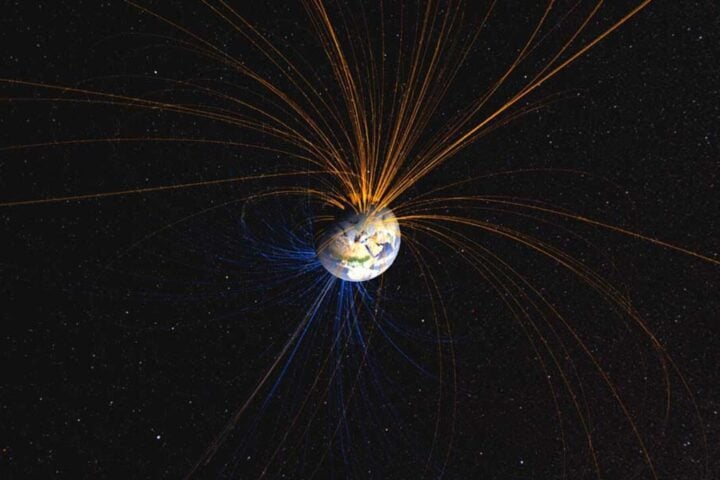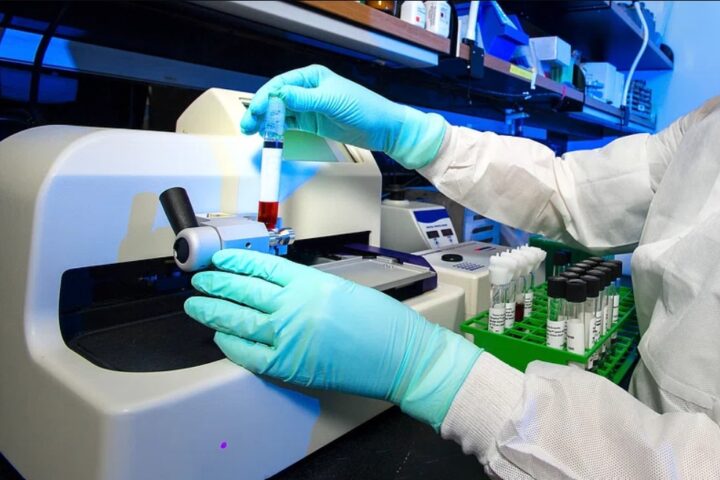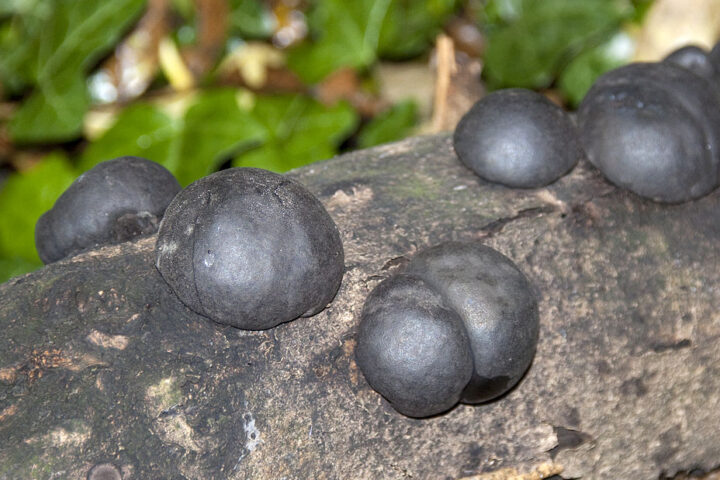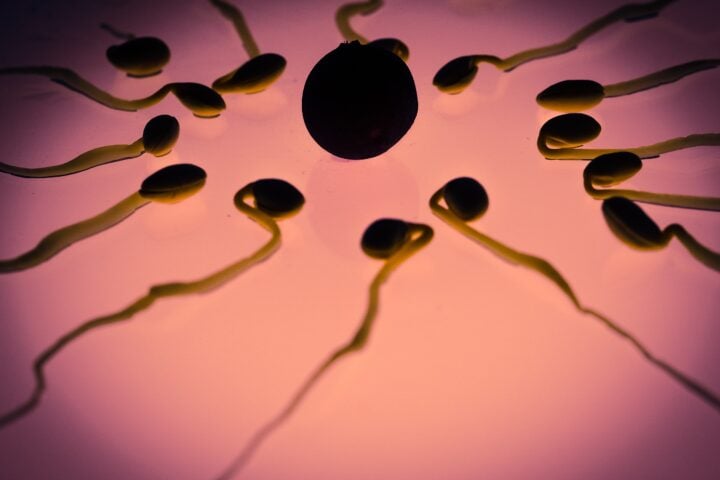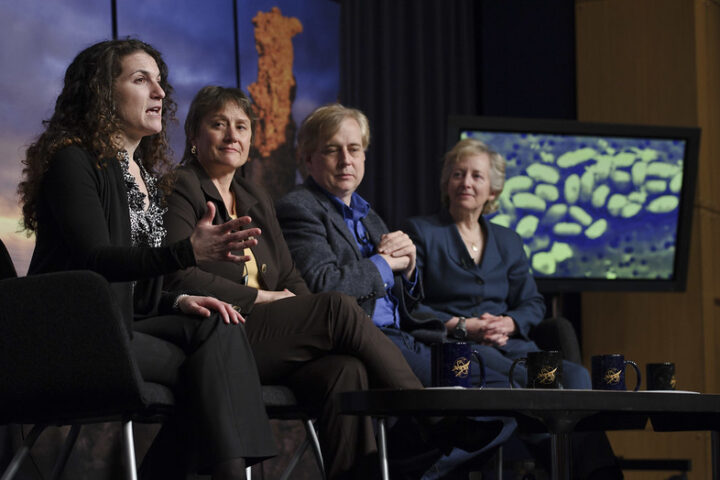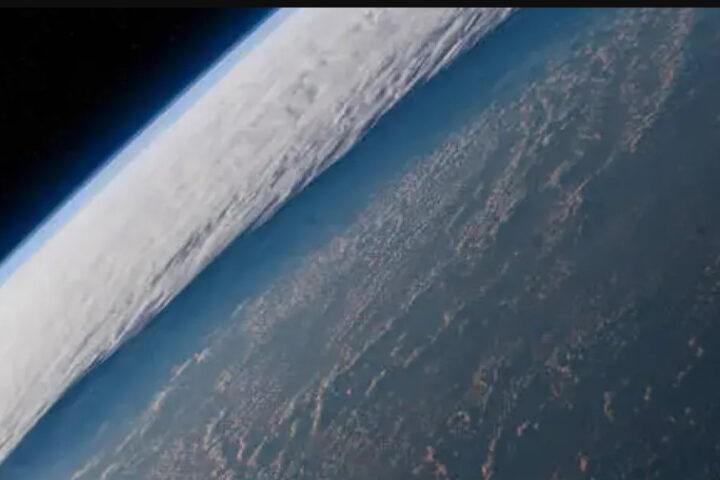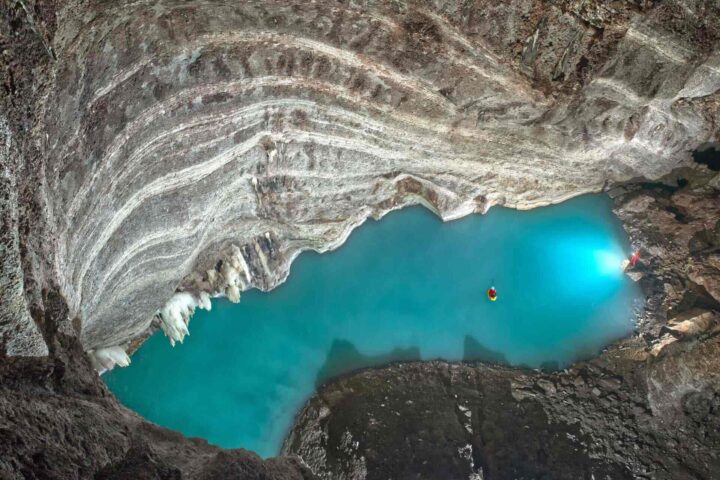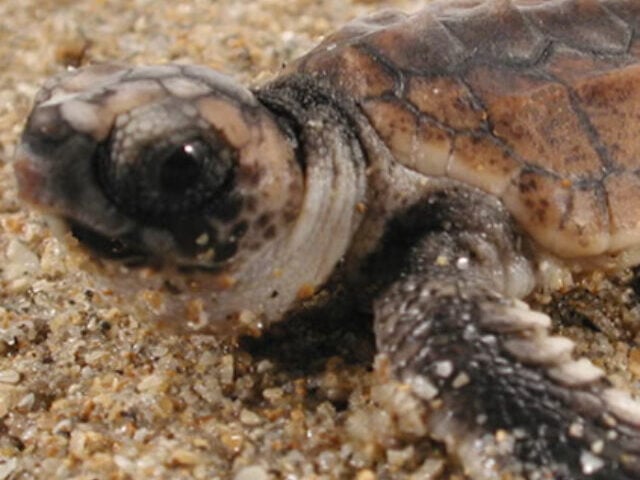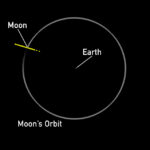NASA plans to bring down the International Space Station (ISS) by safely crashing it in a controlled manner. The initial plan is to guide a controlled crash into the Pacific Ocean by early 2031. To achieve this, NASA aims to design a spacecraft that can lead the space station to a controlled destruction when it reaches the end of its life. The ISS has been in orbit since 1998 and fully functional since 2000, while hosting various crews. The ISS was made in collaboration between five space agencies. Over 3,000 scientific research investigations have taken place in its microgravity laboratory. The ISS is mainly made up of modules, radiators, and truss structures. The truss primarily acts as the station’s backbone, while physically supporting the solar arrays, radiators, and modules. NASA has set aside $180 million to develop a new space tug capable of safely bringing down the ISS into the open ocean after 2030.
The new tug will support the existing deorbit capabilities of the International Space Station partners. The current plan for ISS’s safe takedown relies upon engine burns by robotic Progress cargo vehicles, which will be provided by Russia. The ISS is expected to be broken up into three stages, beginning with the solar array and radiator separation, followed by the intact modules and the truss segment, and finally a separate module fragmentation. During atmospheric re-entry, most of the ISS’s hardware is expected to burn up or vaporize due to the intense heating. Denser parts and heat-resistant components, like truss sections, will drop into the South Pacific Oceanic Uninhabited Area (SPOUA).
The lifetime of the ISS is sustained by the primary structure and has gone through wear & tear due to dynamic loadings such as vehicle dockings and undockings and orbiting thermal recycling. Various other systems, like power, environmental control, life support, and communications, are all repairable or replaceable in orbit. The gradual lowering of the operational altitude of the ISS by mission controllers will begin scheduling retrograde maneuvers. Such maneuvers can take weeks or months to complete. After the operational altitude has been sufficiently lowered, the spacecraft will start its final descent towards the Pacific Ocean.
NASA intends to send a spacecraft that could guide the ISS to controlled destruction and avoid harm to the surrounding landscape. Considering the ISS’s age, it is essential to have a deorbit vehicle capable of steering it safely back to Earth. The new tug will supplement ISS ‘s current capabilities and allow for redundancy to aid in the targeting of the vehicle and the safe atmospheric re-entry of the vehicle. As per NASA’s plans, the ISS should be decommissioned safely and crashed into the Pacific Ocean, with its debris not causing harm to surrounding land.
